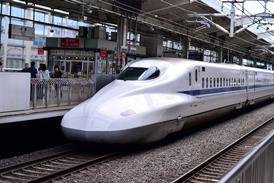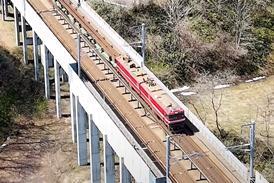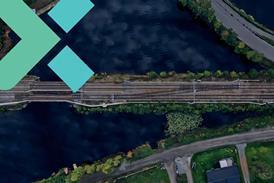Close menu
- Home
-
News
- Back to parent navigation item
- News
- Traction and rolling stock
- Passenger
- High speed
- Freight
- Infrastructure
- Policy
- Technology
- Ticketing
- Business
- Research, training and skills
- Accessibility and inclusion
- People
- Urban rail news
- Suburban and commuter rail
- Metro
- Light rail and tram
- Monorail and peoplemover
- Regions
- InnoTrans
- In depth
- Events
- Data
- Maps
- Tenders & Jobs
- Sponsored content
- Insights
Sloppy procedures caused Glenbrook crash
By Railway Gazette International and Richard Hope2000-07-01T10:00:00
JUSTICE Peter McInerney criticises management for a collective failure to train and supervise operating staff in his report on the tail-end collision which killed seven and injured 51 at Glenbrook in New South Wales on December 2 1999 (RG 4.00 p212). He says 23 factors combined to cause the accident, ...
Already have an account? LOG IN
To continue…
You’ve reached your limit of content for the month














